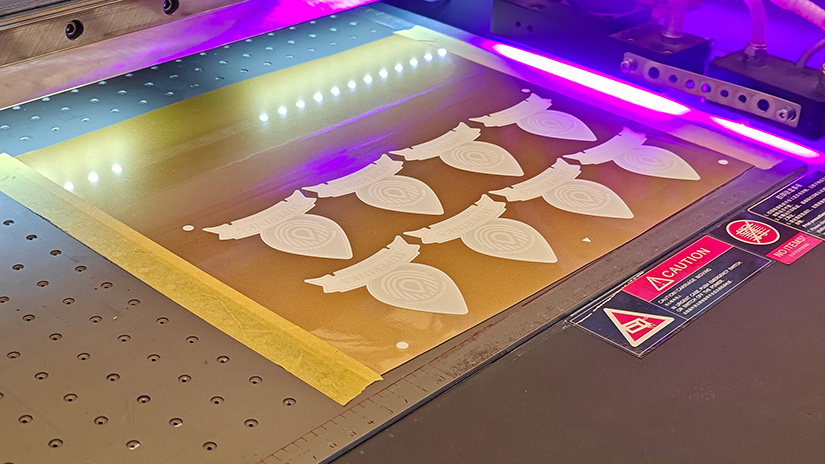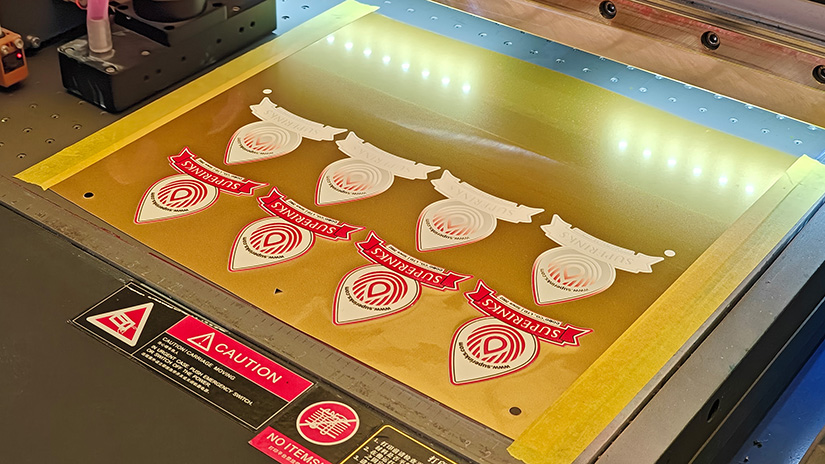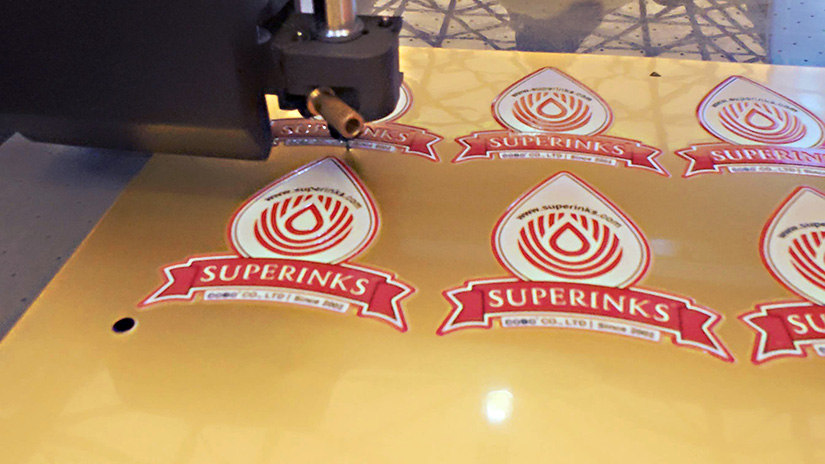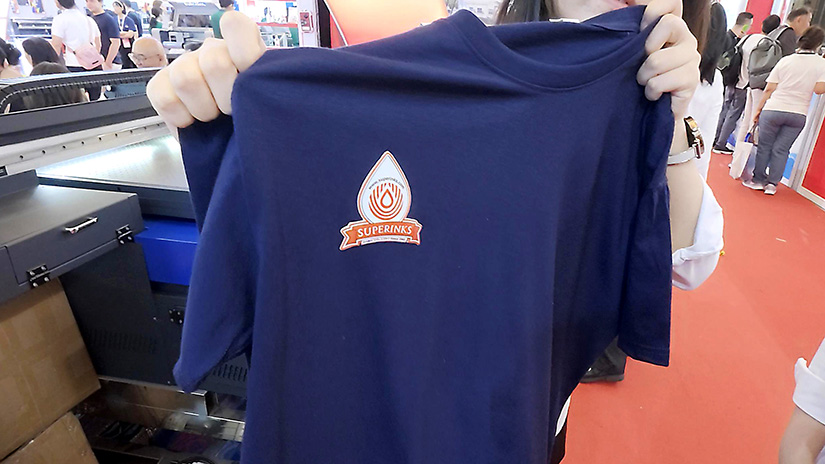UV ink has become a core consumable in digital printing (advertising, packaging, building materials) due to its “no VOCs, fast curing, multi-substrate compatibility”. This simplified guide explains its key components and SUPERINKS’s strengths to help practitioners make informed choices.

5 Core Components of UV Ink
1. Photocurable Resin (30%-50%): Film “Backbone” A low-molecular polymer (1,000-5,000 Da) with acrylate double bonds, forming solid films under 200-400nm UV light. It determines hardness, flexibility, and adhesion: PUA: Flexible, impact-resistant (for PVC, leather). EA: Hard, chemical-resistant (for metal cans, glass). PEA: Cost-effective (for paper/cardboard packaging). SUPERINKS Advantage: PUA + toughening monomer (6:4 ratio) resists 100x 180° folds, solving flexible substrate cracking.
2. Photoinitiator (5%-15%): “Curing Switch” Triggers resin-monomer cross-linking via UV light: Free Radical Type (184, 1173): Fast curing (1-3s), fits LED-UV/mercury lamps (mainstream choice). Cationic Type: Low shrinkage but slow (5-10s, high-cost, for precision printing). SUPERINKS Advantage: “1173+TPO” composite system (5:3 ratio) boosts absorption by 35%, curing in 3s (80W LED) with 25% energy savings.

3. Colorant (5%-25%): “Color Source” Pigments (0.1-1μm particles, main choice): Inorganic (Ti-white, carbon black): Lightfast (Grade 7-8, outdoor use). Organic (Phthalocyanine Blue): Bright (covers 90% Pantone colors, needs light stabilizers). Dyes: Transparent but poor light/water resistance (short-term indoor use). SUPERINKS Advantage: BASF/DuPont pigments + nano-grinding (0.3-0.5μm), 15% higher saturation; <5% fading in 6-month Guangzhou outdoor tests.
4. Monomer (10%-30%): “Regulatory Core” Reactive diluent (no VOCs) vs. volatile solvents: Monofunctional (2-EHA): Low viscosity (5 mPa·s), flexible (solves PP/leather delamination). Difunctional (HDDA, TPGDA): Balances viscosity/curing (fits 95% piezoelectric printheads, 8h clog-free printing). Multifunctional (TMPTA, DPHA): Fast-curing, hard (4H pencil hardness, wear-resistant for metal/glass). SUPERINKS Advantage: No illegal solvents (toluene), VOCs = 0.1g/L (meets GB 38507-2020), avoiding printhead clogging.

5. Additive (1%-5%): “Defect Solver” Dispersant (BYK-163): Prevents pigment agglomeration. Leveling Agent (BYK-333): Reduces surface tension (38→32dyn/cm). Defoamer (BYK-052): Eliminates pinholes (1440dpi printing). Antioxidant/Light Stabilizer: Delays aging. SUPERINKS Advantage: Extra HALS 770 (1.2%) keeps Δb <0.8 (1000h xenon test, industry avg. 1.5).
Conclusion
Choosing the right UV ink cuts costs and disputes. SUPERINKS focuses on “customer value” via optimized components, custom inks, and 24h support. Contact us for substrate adaptation or custom ink queries to advance digital printing together!
